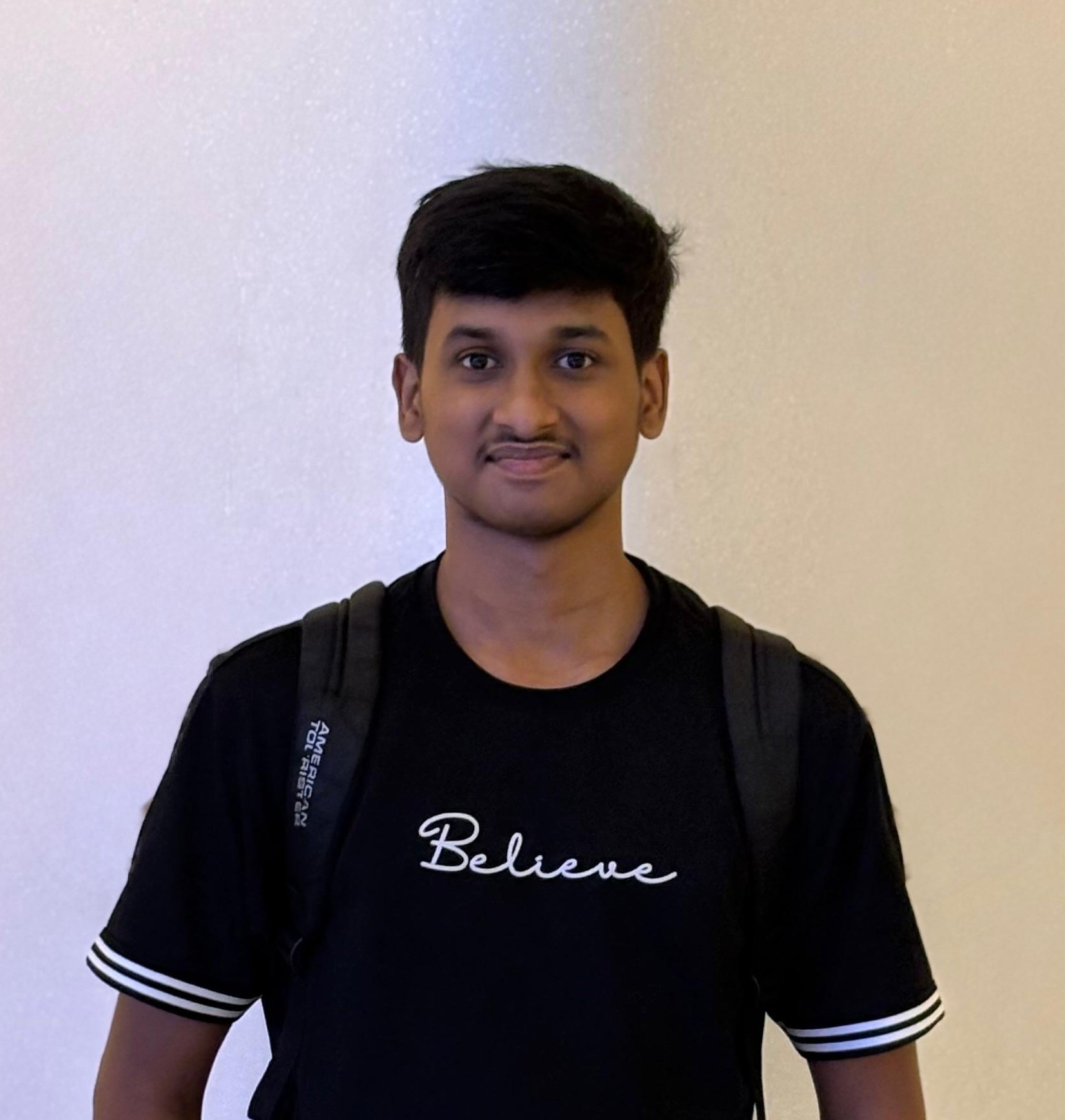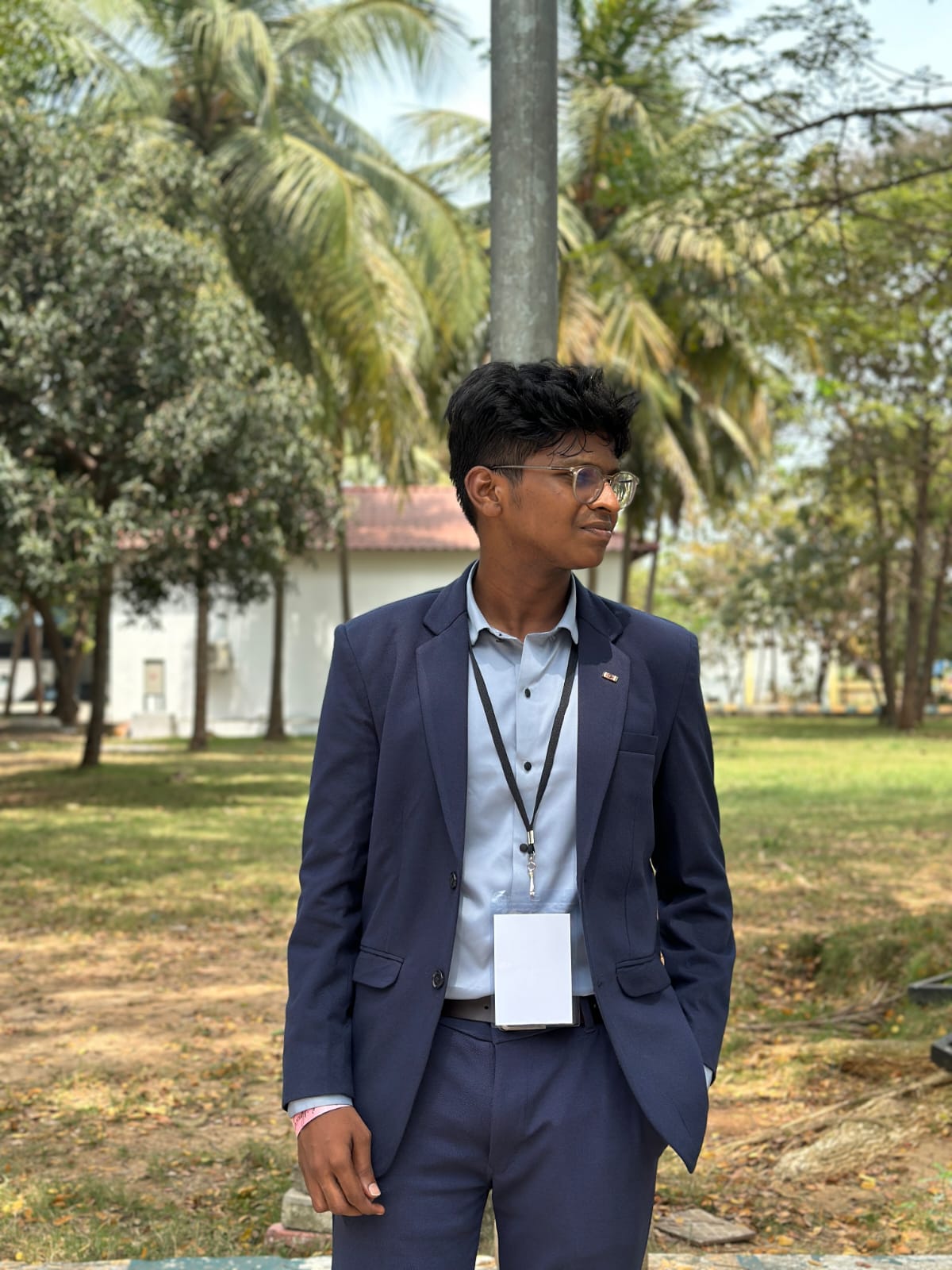Break The Limits
Organized by – Dept. of CSE - Cybersecurity
QTUXATHON is a national-level hackathon designed to challenge and inspire the brightest minds in technology. Building on the success of our previous editions, this year's hackathon focuses on pushing the boundaries of innovation in cybersecurity, AI, blockchain, and sustainable tech.
Participants will have the opportunity to collaborate, learn from experts, and develop groundbreaking solutions to real-world problems. Whether you're a seasoned coder or a budding enthusiast, QTUXATHON 3.0 provides a platform to showcase your skills, network with peers, and make a tangible impact.
Foster innovation and problem-solving in tech, especially cybersecurity.
Students, developers, and tech enthusiasts from all backgrounds.
Focus on cutting-edge themes, mentorship, and real-world impact.
Problem statements are for guidance, but you're free to choose your own if you have a better one. More problem statements upcoming Stay tuned..!
Develop an IoT-enabled, LLM-powered real-time translator to break language barriers in classrooms or meetings, providing context-aware translations instantly to connected devices.
Build an AI-driven system to detect rogue access points in real time by analyzing wireless traffic patterns, device behavior, and anomalies, ensuring secure network usage.
Design a secure, unconventional authentication method to replace OTP in banking, ensuring faster transactions without compromising security.
Develop ML-based solutions that analyze encrypted traffic metadata (packet size, timing, flow behavior) without decryption to detect malicious activities while preserving privacy.
Create an automated incident response system that can instantly quarantine compromised systems, rotate credentials, block malicious IPs, and notify admins, reducing response time drastically.
Problem: Deepfakes and AI-generated content are becoming indistinguishable from real media, making them a significant challenge for legal evidence admissibility. Scope: Create forensic techniques to authenticate images, videos, and audio, and detect AI-generated alterations with high accuracy.
Create an automated forensic solution to capture and analyze memory dumps, identify malicious processes or injected code, and visualize findings for investigators.
Design a platform to monitor dark web sources for leaked data, malware discussions, or threats, and automatically generate forensic intelligence reports linking online activity to potential real-world incidents.
Develop an advanced AI algorithm beyond transformers, inspired by Qiskit ibm, to achieve faster and more efficient parallel processing for enterprise applications.
Design a quantum-resistant cryptography solution to protect passwords and sensitive data from being decrypted by quantum computing attacks.
Design a hybrid quantum-classical algorithm to optimize supply chains using datasets that include constraints like warehouse capacity, vehicle types, delivery windows, and demand. Implement algorithms such as QAOA or VQE on a quantum machine/simulator, integrate with a classical system, and provide a visualization of optimized routes, costs, and carbon savings.
Build an edge-computing IoT system that uses low-power sensors to detect anomalies (e.g., vibrations, pressure drops) in real time. Develop on-device ML for predictive maintenance and include self-healing mechanisms—such as triggering drones for inspection, rerouting systems automatically, or alerting crews with precise failure details. The solution should emphasize energy efficiency, data privacy, and offline resilience.
Create a prototype like home IoT system that tracks vital signs (heart rate, fall detection, activity levels) and sends real-time alerts to caregivers or family members. Focus on privacy, low power, and autonomous alerts.
Problem: Many blockchains process transactions slowly, have high fees, and cannot easily communicate with each other, creating fragmented systems. Scope: Develop high-speed, low-cost blockchain solutions with seamless cross-chain communication to support large-scale applications like DeFi, gaming, and NFTs.
Problem: Web3 platforms are often complex, risky, and have unfriendly designs, making it hard for beginners to adopt and trust them. Scope: Create intuitive, secure, and beginner-friendly interfaces with simplified onboarding processes like easy wallet creation and integration.
Problem: Bugs in smart contracts, phishing scams, and stolen private keys can cause irreversible losses, while some projects remain too centralized. Scope: Implement stronger security auditing, better private key management systems, and truly decentralized architectures to protect user assets.
Get ready to bring your ideas to life!
Asst. Professor - Dept. of Cybersecurity

Lead Organizer
Technical Lead

Lead Organizer
Media Team Lead

Lead Organizer
Content Lead

Lead Organizer
Content Lead

Lead Organizer
Logistics Lead
Chairman

Vice-Chairman

Treasurer

Secretary

Vice-Secretary
Sri Sairam Engineering College, Sai Leo Nagar, West Tambaram, Chennai, Tamil Nadu 600044
1. Rohith Vijay R - +91 73583 20034
2. Cletus Albin M R - +91 98946 03671
3. Shivani M S - +91 63747 85113
4. Shanmitha S - +91 91764 03225
5. Gokul D - +91 93844 77075